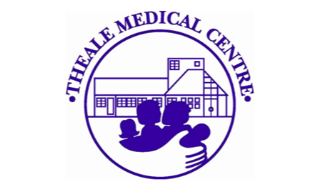You may notice a test result appear in your NHS app referring to segmentation.
Segmentation is a simple way of categorising patients based on their specific health needs. It helps us as a practice understand the individual needs of our patients based on their health and wellbeing to support personalised care and ensures you get the right support in a timely way.

John Hopkins Adjusted Clinical Groups
Segmentation is part of the TVS Care Record platform – learn more about the TVS Care Record here.
What is segmentation?
We use segmentation to group people based on shared characteristics, needs, or behaviours. This allows us to tailor care delivery and policies to better meet the specific needs of each group.
When we do this for all groups we get healthier people and a healthier population.
What are the John Hopkins Adjusted Clinical Groups?
In BOB we use a well tested set of 11 segments/groups based on research by John Hopkins University. These are in the image above. Factors used for grouping include the number of conditions a person and how severe they are. This helps us decide what level of support they might need.
The categories break down into:
- Low need (PNG 1-4) – people without significant health issues who need less intervention. Preventative care may stop them becoming unwell.
- Moderate need (PNG 5-9) – people who have a condition that is well managed. They may need occasional support to remain stable.
- High need (PNG 10-11) – people who have several conditions. They may need regular monitoring or a more coordinated approach.
You may have seen this score in your NHS App as “John Hopkins adjusted clinical groups system score”.
How do we do segmentation?
- Data Collection: The process begins with collecting data from various sources. In BOB, segmentation is part of the same platform as the TVS Care Record and uses the same data.
- Identifying Segments: The TVS Care Record platform runs the John Hopkins algorithm. This groups people into the 11 segments listed above. It uses information like what conditions a person has and how often they see a doctor.
- Analysis Tools. Health and care staff use tools to identify groups with different needs. We use the 11 segments plus other factors and expert input to determine which these groups are. We may do this for everyone in our area, a group of GP surgeries or within one GP surgery. In BOB, this uses the tools provided by the TVS Care Record platform.
- Intervention. We can use this analysis in one of three ways. The first is to provide active treatment to the selected group (e.g. inviting them for a blood pressure check up). The second is to change how we work for that group (e.g. longer appointments for more complex patients). The third is to change the services we provide (e.g. increasing the number of specialist nurses in a certain area).
What are the benefits of segmentation?
- Personalised Care. By understanding the needs of each group better, we can personalise care to those people. This leads to improved health outcomes and patient satisfaction.
- Resource Allocation. By using the best treatment for each group it helps us make best use of our money and staff. It also means we can direct people to the right place first time.
- Improved Health Outcomes. We can better identify those who need early interventions or tailored care plans. This leads to improved health outcomes, particularly for patients with chronic conditions.
- Preventative Care. We can identify people who may need treatment before issues occur. By preventing complications, we can keep people healthier for longer.
